Ammon reptile owners talk about surrendered pets
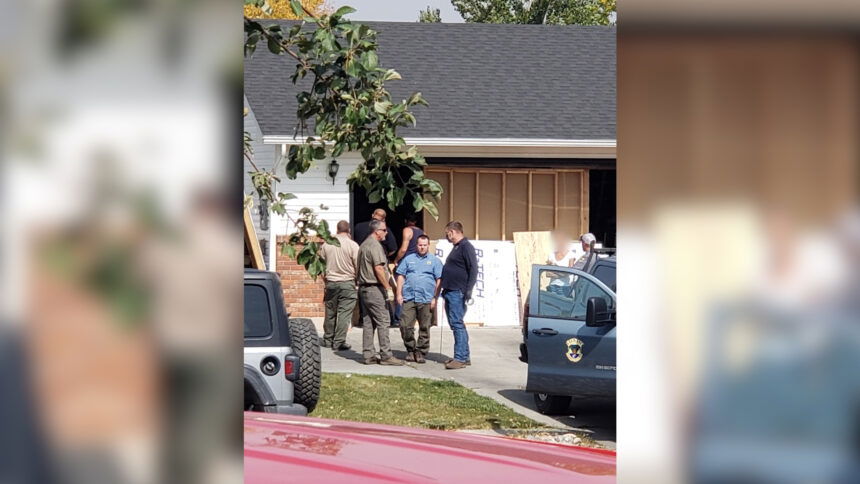
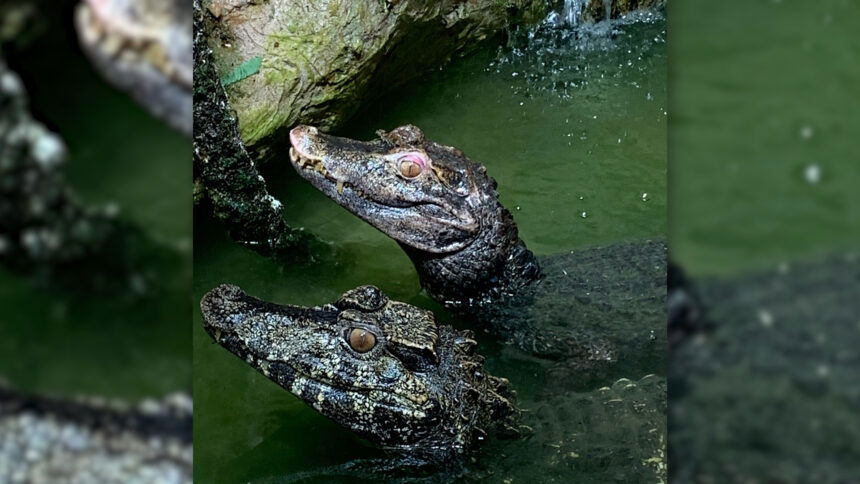
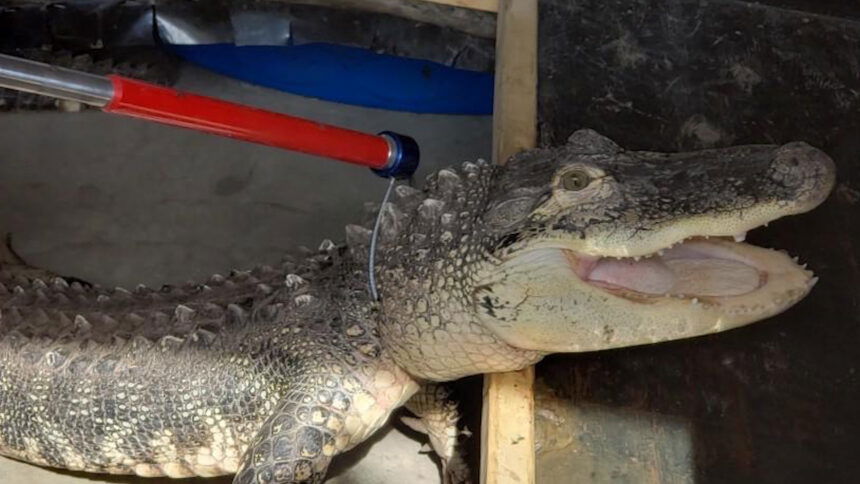
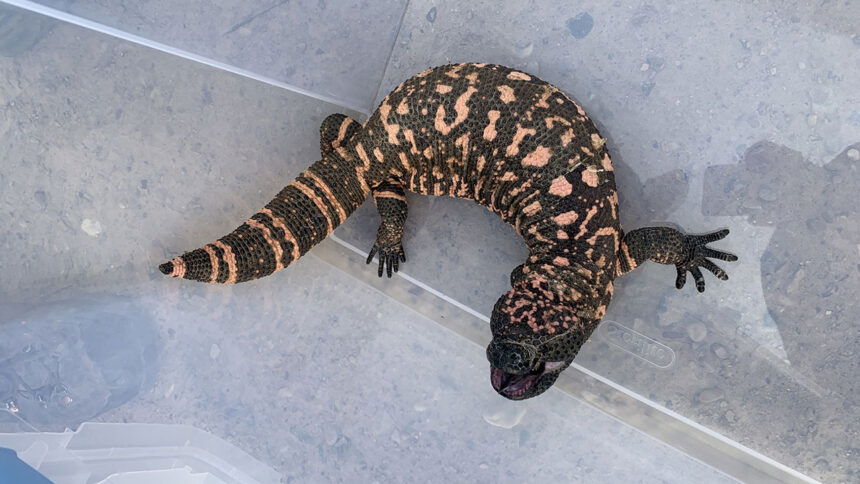
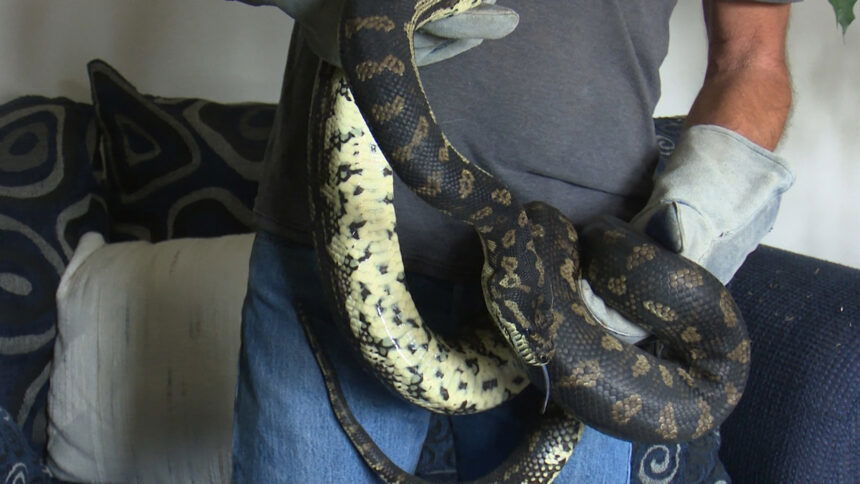
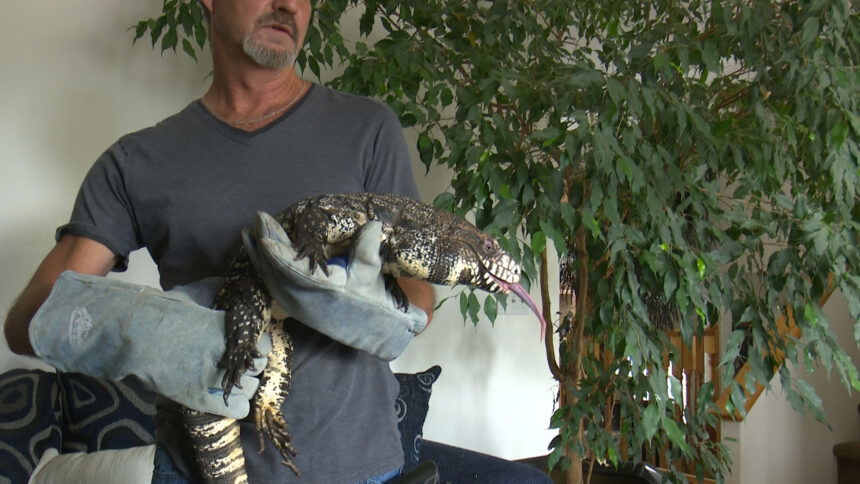
AMMON, Idaho (KIFI/KIDK) - The owners of some exotic animals which were surrendered recently to Idaho Fish and Game spoke about the animals Saturday. They had to give up the animals because they were "not properly permitted," according to wildlife managers.
A 7 foot alligator, 2 caiman, 2 snapping turtles, 2 rubber boas and a Gila monster were taken from the Ammon home, they said.
Jeff and Theresa Southwick say they are dedicated reptile enthusiasts who are not concerned with the “wow” factor of owning exotic animals.
“Here in Idaho Falls, we have had this gator for 13 years. And if the wow factor was there, people would have known about this gator years ago.” Theresa Southwick said.
The Southwick said they operate as more of an unofficial rescue center, though they do not advertise or promote themselves in that way. In fact, the care, feeding, and housing of these reptiles come, as Jeff says, “on my own time and my own dime.”
Jeff obtained a retail sales license with the city of Idaho Falls in 2004 and owned a reptile specialty store where he sold various animals. The Southwicks ran Predators’ Paradise on Holmes Ave. for six years. The reptiles housed there were intended for public educational purposes. Theresa, Jeff’s wife, says all of the reptiles were housed in enclosures that were suitable for them. Jeff says he traveled to schools with the exotic animals, telling children “these are the types of reptiles you do not want to own.” And understandably so, as most of the Southwicks’ reptiles came from owners who realized they could no longer care for the animals. Jeff stepped in to help. He says his main objective was to keep the public, local ecosystems, and the reptiles safe.
“The reason I rescued these animals was to keep them out of reservoirs, out of just being released,” Jeff said.
After numerous family losses, to include Jeff’s son, the feasibility of keeping their facility seemed dire. The Southwicks moved the animals into their garage temporarily. The reptiles had been housed there for months before the Idaho Department of Fish and Game or neighbors were even aware of their presence. Jeff purchased the caiman for private ownership and has raised one of them for the last 18 years. Jeff says he never intended to breed and sell baby caimans from these two reptiles. In fact, he didn’t know the sex of the two caiman and they have lived together for a long time and never bred.
“The caiman were dwarfs, topped out at four and a half feet long,” Jeff said. “Now, you can have a six and a half foot iguana. But you can’t have a four and a half foot caiman. I don’t understand, I guess. You can even have a 20 foot python. But you can’t have a four and a half foot caiman. That makes no sense. Makes no sense at all.”
The alligator, named Mr. Hiss, was a rescue animal he graciously took ownership of 13 years ago from someone who sought out Jeff’s services.
“I was trying to find housing for the alligator. I was trying to relocate snapping turtles,” Jeff said. “All of these animals, I rescued from other people. The caiman, I purchased, but all the other ones they took were rescues. I did not actively go out and buy an alligator, that’s foolish.”
“I could tell you things about Mr. Hiss’s personality,” Theresa said. “He liked rock and roll music. He would react to it. It was a vibration too. The water would shimmer and you could feel it around the outside of the house even, his vibration. There are just so many different things.”
The Southwicks say the gator was about 2 feet long when they acquired ownership of him. They knew he was going to eventually outgrow the holding capabilities of their facility and have been searching for a new home for Mr. Hiss for months.
“We sure didn’t want it to end up like this,” Theresa said. “We have become attached to him. He has a name. He had a name. And he had a personality.”
Jeff says the gator only had a three month window that he could survive here on its own because it is a cold-blooded animal that cannot regulate its own temperature.
James Brower, Idaho Fish and Game regional communications manager, said the alligator was too large and had to be euthanized. It was donated to a school in Nampa to be dissected and the skeleton will be used for an educational model.
The two caimans were placed at the East Idaho Aquarium in an enclosure that is not quite ready for public viewing.
“It’s quite upsetting that now Mr. Hiss is dead, the caiman are gone, and we have no control over that,” Theresa said. “Nobody asked us what they ate, their feeding schedule. They just came, took, and went. And that was it. I mean, we were cooperative. We didn’t feel like we had a lot of choice. But I mean, we were hopeful that due to the circumstances where we weren’t able to stop what was happening that the people that they were entrusted with the animal would make a big endeavor to continue their life.”
Jeff says he never wanted the snapping turtles because he knew they are illegal to own. A PetCo employee called him saying one of the turtles was wandering around an apartment complex playground. Jeff took the animal because he felt children may be in danger and it was the right thing to do.
The Southwicks say the reptiles had no possible way to escape their care. They have an enclosure built within an enclosure inside of their garage to house these reptiles temporarily.
“They would have to get through their cage and then through the enclosure and then through the garage. So there would be three. And the last time I checked, a gator doesn’t know how to open up a garage door or go through a wall.”
Theresa says some people may feel the enclosures were inadequate for the needs of the reptiles but this may largely come from a lack of knowledge about the animals.
She says crocodilian (such as the caimans and the alligator) are “hunters of opportunity”. They wait for their prey to come to them, rather than hunting down their food. She says if the animals were to ever escape, though none ever have, they would not go hunting for a meal but would rather find somewhere to hide.
“(Mr. Hiss) was perfectly fine. There was no way, there was zero possibility of him getting out,” Theresa said. “There’s more chance in this neighborhood of a person getting bit by a dog than by any of our animals, any, or even seeing one of our animals.”
The Southwicks deny ever allowing any of the animals out of their enclosures to include the backyard of their property aside from one tortoise.
“We have a pond in the backyard that Mr. Hiss likely would’ve loved but that’s irresponsible,” Theresa said.
Theresa says Mr. Hiss was captive born and captive bred, he’s never been in the wild and he wouldn’t be able to survive.
“None of the animals I own have ever seen the wild. 90 percent of the animals you buy at PetCo have never seen the wild. They’re born in captivity. They’ve never been taken from the wild. That’s why people that breed reptiles do it is so people don’t take things from the wild. That’s the whole point of it,” Jeff said.
Jeff says the alligator and the caimans were fed a varied diet of catfish, tilapia, and other fish. They also ate chicken and beef hearts. The Southwicks say they did not feed live animals to their reptiles, but used “freezed and thawed” animals. He says some people who knew about his reptiles would leave unwanted carps and sucker fish they caught while fishing by the Southwicks garage for him to feed to the reptiles.
Jeff says he doesn’t seek out these exotic animals but they seem to have a way of finding him. People call him for advice on care for these reptiles and oftentimes will ask him to take some animals. Theresa says Jeff is not an expert, but he is an authority on reptiles who has researched these animals since he was young. He reads books and articles, subscribes to magazines and educates himself on the care and handling of the animals he comes in contact with.
“I’ve done this 43 years so I tend to think I know what I’m doing,” Jeff said, “I’ve been into reptiles since I was a little kid and I know the do’s and dont’s. And if I feel that somebody is going to be endangered by something, I’ll take it. Is it the right thing to do? In my opinion, yes it is.”
He says when he was a kid, you could buy caiman and alligators from a pet shop in the mall so he was unaware of any laws. Jeff says he purchased his first caiman when he was 16 years old. He says he called IDFG six years ago to ask about the legality of owning some of these animals and at the time, they were unaware of any existing laws, policies, or requirements. Jeff says our regional division of Fish and Game were extremely professional, courteous, and respectful.
“Our guys from here, I was really impressed.” Jeff said. “They took my instructions, they were willing to listen. They were second to none...The Bonneville County Sheriff's Deputy is the example all law enforcement should follow. He was very helpful, went above and beyond, and was very concerned. I really appreciated him.”
The Southwicks still own a variety of legal reptiles but they say the public has no need to feel concerned.
“My animals are not going to get out and hurt anybody,” Jeff said. “The dangerous animals have already been taken. So there’s nothing really left that’s that dangerous that you can’t go out and buy at PetCo.”